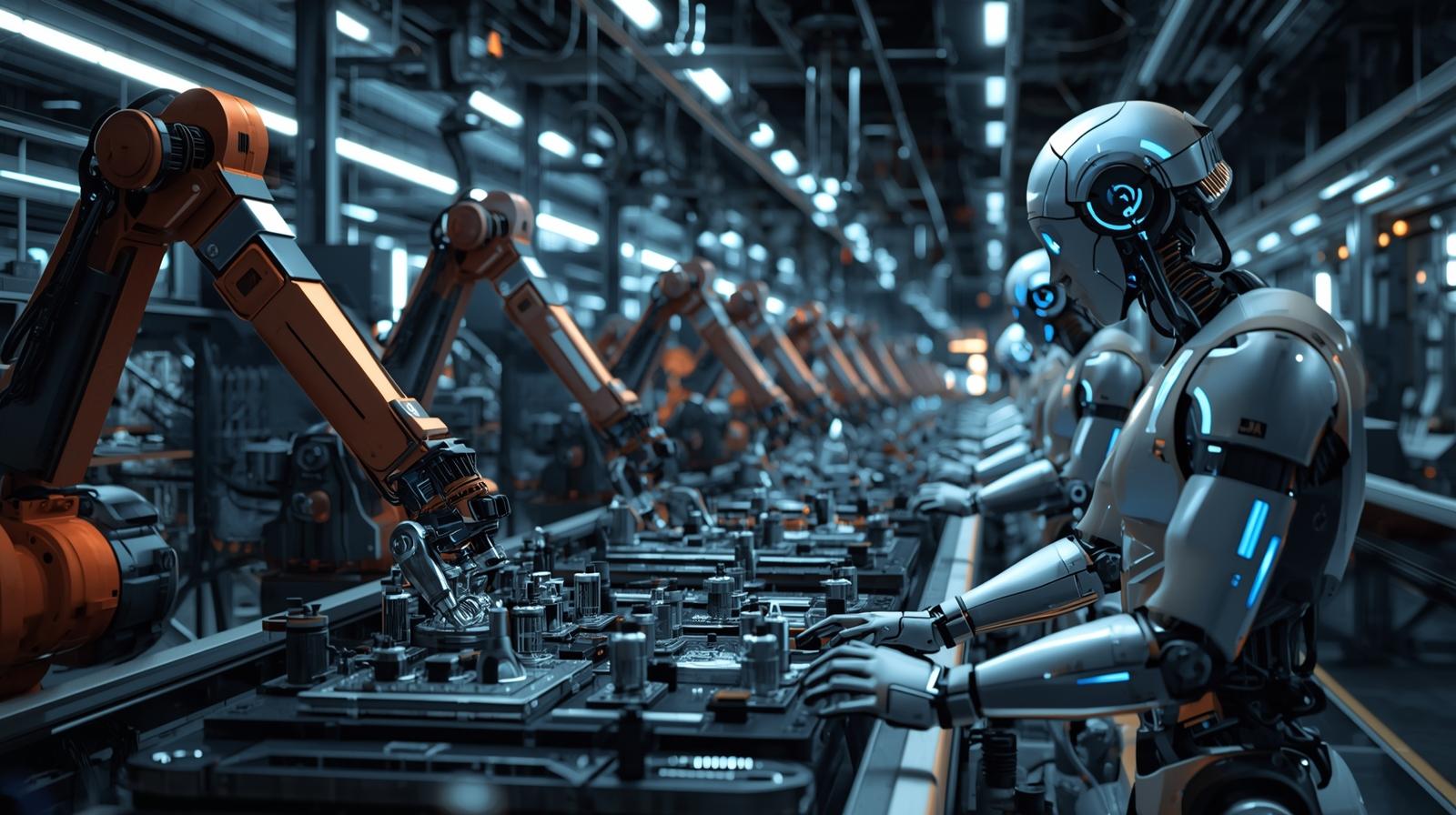The global intelligent robotics market is witnessing rapid evolution, driven by the integration of advanced technologies such as artificial intelligence (AI), machine learning (ML), computer vision, and the Internet of Things (IoT). These technologies are transforming traditional robotic systems into intelligent, adaptive, and autonomous machines capable of performing complex tasks across various industries. The growing need for automation, labor shortage challenges, and the rising demand for precision and efficiency are collectively fueling the expansion of intelligent robotics. As industries continue to embrace digital transformation, the market is poised for substantial growth in the coming years.
Download PDF Brochure @ https://www.marketsandmarkets.com/pdfdownloadNew.asp?id=99226522

Market Overview
Intelligent robotics combines mechanical engineering with artificial intelligence to create systems that can learn, reason, and make decisions independently. Unlike conventional robots that rely on predefined instructions, intelligent robots can analyze their environment, recognize patterns, and adapt to changes in real time. This adaptability makes them invaluable in sectors such as manufacturing, healthcare, logistics, defense, agriculture, and retail. The global intelligent robotics market is projected to grow significantly over the next decade, supported by technological innovations, increasing investment in research and development, and expanding applications in both industrial and service sectors.
Key Growth Drivers
One of the major factors driving the intelligent robotics market is the surge in automation across manufacturing and industrial operations. Companies are adopting intelligent robots to enhance productivity, reduce operational costs, and improve workplace safety. The growing adoption of collaborative robots, or cobots, which work safely alongside humans, has further accelerated market penetration. Additionally, advancements in AI and deep learning are enhancing the capabilities of robots, enabling them to perform intricate tasks such as object recognition, predictive maintenance, and decision-making.
The healthcare sector is emerging as another key growth area, with intelligent robots being used in surgery, patient care, and rehabilitation. Surgical robots powered by AI are improving precision and reducing recovery times, while service robots are assisting healthcare workers in patient monitoring and drug delivery. Furthermore, the logistics and e-commerce sectors are witnessing increased deployment of intelligent robots for inventory management, order picking, and warehouse automation, ensuring faster and error-free operations.
Technological Advancements and Innovations
The integration of AI and machine learning is revolutionizing the intelligent robotics landscape. Robots today can learn from experience, adapt to changing environments, and continuously improve their performance. The incorporation of natural language processing allows robots to interact seamlessly with humans, improving collaboration and efficiency. Computer vision technology enables robots to perceive and interpret visual data, which is critical in applications such as quality inspection, autonomous navigation, and object handling.
The emergence of edge computing and 5G connectivity is also enhancing the responsiveness and real-time decision-making capabilities of intelligent robots. These technologies reduce latency and enable robots to process large volumes of data locally, making them ideal for applications that require instant feedback, such as autonomous vehicles and remote surgeries. Moreover, cloud robotics is gaining traction as it allows robots to share data, access powerful computational resources, and collaborate intelligently across distributed networks.
Regional Insights
The Asia-Pacific region currently dominates the intelligent robotics market, driven by rapid industrialization, a strong manufacturing base, and increasing government support for automation and AI technologies. Countries such as China, Japan, and South Korea are leading the adoption of industrial robots, particularly in automotive, electronics, and consumer goods manufacturing. North America and Europe are also key regions, with strong emphasis on technological innovation, research initiatives, and the growing presence of robotics companies. In North America, the focus on smart manufacturing and healthcare robotics is expanding rapidly, while European nations are investing heavily in developing sustainable and human-centric robotic systems.
Future Opportunities and Market Outlook
The future of the intelligent robotics market is filled with immense potential as industries across the globe continue to embrace automation and AI-driven systems. The emergence of humanoid robots, autonomous mobile robots (AMRs), and AI-powered service robots is expected to redefine operations in multiple domains. As cost barriers decline and technology becomes more accessible, small and medium enterprises are also likely to adopt intelligent robotic solutions to improve efficiency and competitiveness.
Sustainability and energy efficiency will play a significant role in shaping the next generation of intelligent robots. The development of eco-friendly robots designed to minimize energy consumption and environmental impact will be a key focus area. Additionally, the fusion of robotics with other frontier technologies such as quantum computing, augmented reality, and digital twins will unlock new levels of intelligence, predictive capability, and human-robot collaboration.
